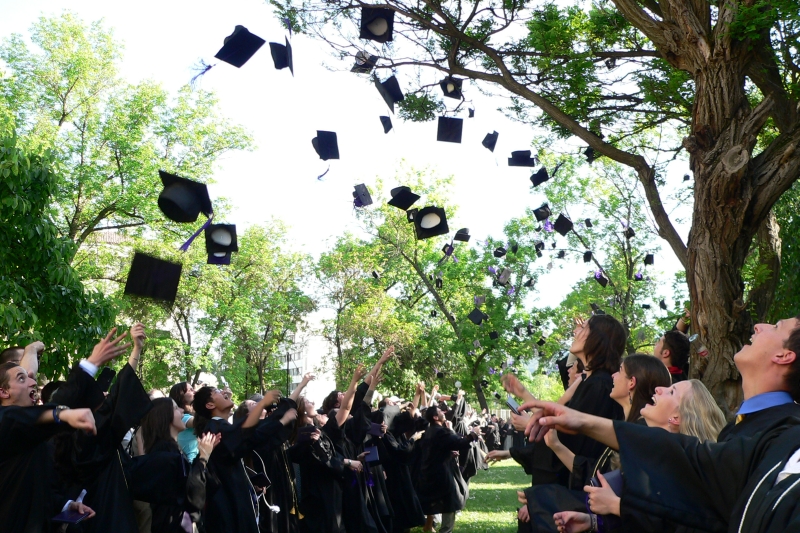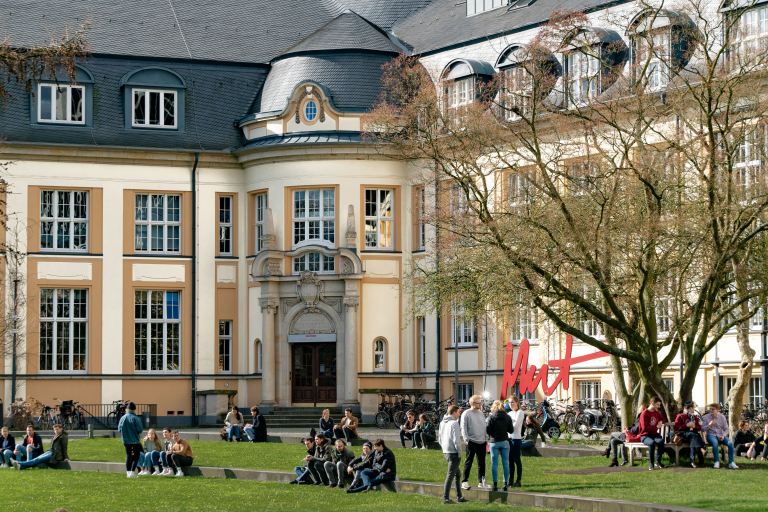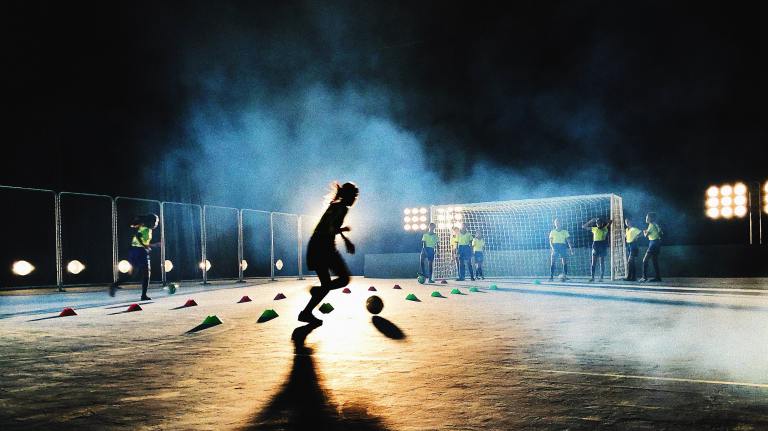Here’s Why Addressing Diversity On College Campuses Is So Important
Minorities deserve equal representation, and students speaking their minds on the issue will truly make the difference.


Protests around the country at college campuses have become more and more prevalent the last couple of years. While protesting has always existed for various reasons by student-activist groups, the surge in protests lately is due to the alarming frequency at which racism and stereotyping has taken over universities.
While it’s important to not ignore that this issue has been around forever, a lack of equal treatment for students has escalated in many ways in recent years. This has equated to violence aimed at minorities and non-violent protests turned violent by the hands of police officers and authority figures.
Activist groups are striving for a campus setting with equal opportunity; an academic world free of racism. The following information points out the realities of how U.S. colleges are in many ways, not diverse.
1. Athletics are convoluted by white men.
Many people make bogus arguments such as: “plenty of minorities play college sports.” They claim that the playing field is equal and that statistically speaking, college athletics are diverse and fair for everyone who wants to play.
But this is simply not the case.
The Lack of Diversity in American College Sports, a resource by Ohio University’s Master of Coaching program points out the following:
Of all male athletes at universities, 69.4% are Caucasian.
When it comes to women’s sports, 76.2% of athletes are white.
But it doesn’t stop there. Caucasians also dominate the head coaching ranks for both men and women’s sports. On average over 85% of coaches are white, and the majority are men.
2. Even the mascots are racist.
In addition to how representation in college sports is dominated by white males, a slap in the face of diversity presents itself when the mascots and associated imagery for these sports teams is examined.
In my previous Thought Catalog article, titled Why Mascots Aren’t Part Of Tradition When They’re Racist, I explored this issue in sports ranging from high school, even early education, all the way to professional sports teams.
It’s important to recognize the severity of racism that exists in sports teams, especially when the U.S. capitol’s pro NFL team is still called the Washington Redskins. The thick racist irony here is not excusable.
Additionally, U.S. high schools remain substantially guilty of distasteful mascots, with over 100 teams calling themselves “Braves”, 74 “Warriors”, over 50 “Redskins”, and over 400 teams currently calling themselves “Indians”.
Thankfully programs exist that aim to reverse this racism in sports mascots. Adidas stated in a recent press release that they are willing to float the costs associated with changing uniforms and images for teams if they agree to change their names to something less harmful.
But this is just a starting point. Full blown restructuring needs to happen in order to keep racism out of sports team names and athletics in general.
3. Professors aren’t diverse.
It’s obvious that there are illegitimate racial barriers at stake for college athletes, but they also exist in other areas of education. This is also an unfortunate truth when it comes diversity in teaching roles.
A piece by Fusion takes an in-depth look at the race of professors at 30 top U.S. universities. And a chart in that article shows that all had about 60% or more white faculty, some over 75% white.
The article quotes data from the Mother Jones show, and concludes the following:
“Unsurprisingly, the numbers show that the teaching staff America’s universities are much whiter and much more male than the general population, with Hispanics and African-Americans especially underrepresented. At some schools, like Harvard, Stanford, the University of Michigan, and Princeton, there are more foreign teachers than Hispanic and black teachers combined.”
4. We need to look at how to promote diversity at colleges in other ways.
But what can we do to promote change, especially if we are in a position of privilege?
First off, the schools themselves absolutely need to take action. Brown University has taken the lead on this recently, by putting forth $100 million to address diversity and racism at the school. Universities around the country should follow their lead and invest in more well-rounded futures.
Students should also do their part. The more student-led activist groups that exist, the quicker change will actually take place. If there is no group at your school pushing equality, then take initiative and start one! And these groups are out there at your school already, join and support by not accepting the ‘fate’ of predominantly Caucasian led schools and athletics.
Minorities deserve equal representation, and students speaking their minds on the issue will truly make the difference. ![]()




